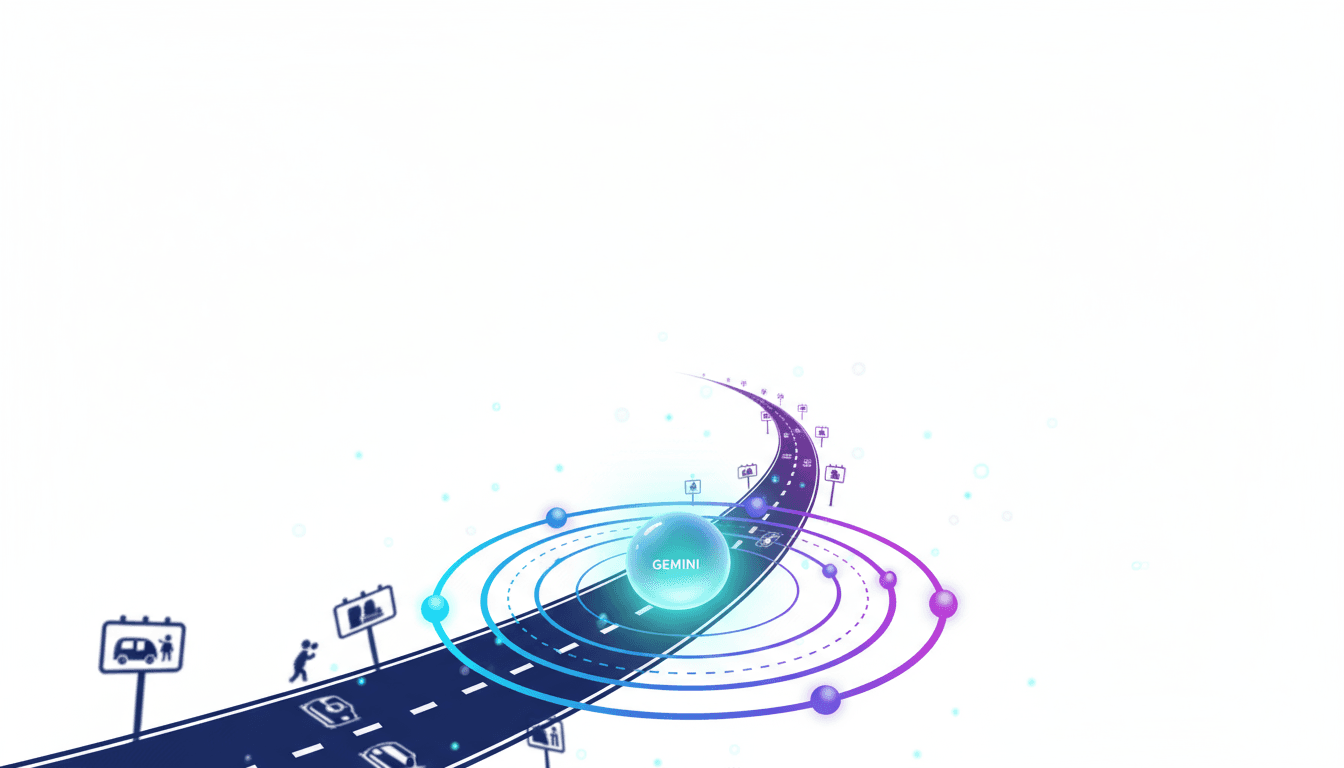Grok Image-to-Video: xAI's Fast AI Tool for Creators

⚡ Quick Take
xAI is entering the generative video arena with an image-to-video feature for Grok, positioning speed and simplicity as its primary weapons against established players like Pika and Runway. The tool, integrated within the Grok Imagine ecosystem, is optimized for rapid social media content creation but currently lacks the transparency and professional controls needed to challenge the top tier of the market. This move signals a strategy focused on mass-market adoption and viral velocity over granular creative fidelity.
Summary
xAI has quietly rolled out an image-to-video generation capability within its Grok Imagine platform. Have you ever wished you could breathe life into a still photo with just a few clicks? Well, that's exactly what this feature delivers—it lets users upload a static image and whip up a short video complete with animated motion. It's aimed squarely at creators and marketers hustling to churn out dynamic content for social feeds, and fast.
What happened
You can access it right through the Grok app or web interfaces, turning the whole video generation process into something as straightforward as upload-and-generate. Official docs are pretty thin on the ground, but from poking around early on, it's clear this is built for straightforward effects—think smooth pans, zooms, or gentle animations on objects, all from one input image. Nothing too flashy yet, but it gets the job done without the usual headaches.
Why it matters now
Ever feel like the generative video space is moving at warp speed? With OpenAI's Sora raising the bar sky-high, and players like Pika, Runway, and Luma already packing in advanced tricks, the market's hotter than ever. Grok's not trying to out-tech them; instead, it's a smart bet on xAI's edge—the massive reach of X—to snag that sweet spot of quick, effortless content before everyone else locks it down.
Who is most affected
For content creators, social media managers, and small businesses, this is a godsend—a low-friction way to turn flat images into something that pops on feeds. That said, professional animators, VFX pros, and bigger enterprises? They'll hit walls fast, thanks to the missing fine controls, no API yet, and unclear rules on usage rights. It's helpful, sure, but not quite the powerhouse they need.
The under-reported angle
Sure, plenty of chatter's out there on the basic how-tos, but let's talk about what's really flying under the radar—the total black box vibe. xAI dropped this potent tool without spilling a word on essentials like max video length, resolutions, frame rates, export options, or even how pricing shakes out for generations. From what I've seen in similar launches, this keeps it firmly in toy territory for everyday folks, holding back any real pro-level push—for the time being, anyway.
🧠 Deep Dive
Have you wondered what happens when AI starts injecting motion into its creative toolkit, almost like flicking a switch on a dormant engine? That's the essence of Grok's new image-to-video function, a deliberate boost to the whole AI content cycle right there in the Grok Imagine setup. Its big sell isn't flawless quality—it's all about that raw speed. Picture a "upload, generate, share" rhythm that's so simple it feels like second nature; xAI's wagering that for most social media hustles, getting something out the door quick trumps chasing movie-level polish every time. This hits home for marketers and creators bogged down by the learning curve of heavyweights like Adobe After Effects, or the prompt-tweaking maze in fancier AI video setups. Why sweat the details when you just need to animate a product pic or a meme on the fly?
But here's the thing—its upfront promise comes with some built-in limits, mostly from holding back on the details that pros crave. No word on video length caps, aspect ratios that work, output sharpness, or how smooth the frames run. Tools from Runway or Pika? They hand you the reins for tweaking motion paths, camera moves, even keeping things consistent shot to shot. Grok's more of a fire-and-forget deal, hiding whatever smarts it uses for parallax tricks, frame blending, or filling in gaps—probably for the best if you're just dipping in, but a real drag if control's your game. I've noticed in these early AI tools how that simplicity can be a double-edged sword, empowering the casual crowd while leaving experts wanting more.
And it doesn't stop at the tech specs; the murkiness spills over into the business side too. There's a glaring gap—no clear lines on data privacy, who owns the generated stuff, or if watermarks are coming down the pike. Businesses can't afford to guess on whether uploads feed the training machine, or if the output's safe for ads and sales. Without solid terms or a beefed-up enterprise option, it's risky territory beyond messing around personally—a far cry from rivals rolling out tailored plans with ironclad licenses and oversight. That undefined edge? It keeps things exciting, but cautious.
Strategically, this all points to Grok's image-to-video as more of a spark than a full blaze right now—no APIs for plugging in, no batch runs, nothing for streamlining pro workflows. It's really a hook, pulling folks deeper into the X world and the Grok assistant orbit. Sure, it showcases what xAI can do, but skipping things like a go-to guide for motion prompts, fixes for weird distortions, or side-by-side tests with the competition? That tells me they're chasing broad appeal first, power users second. Whether this evolves into a pro version or they lean hard into the everyday market—well, time will tell, but it's a fascinating watch.
📊 Stakeholders & Impact
Stakeholder / Aspect | Impact | Insight |
|---|---|---|
AI / LLM Providers | Medium | xAI carves out space in generative video by leaning on user-friendliness, putting pressure on Pika and Runway to highlight their deeper controls and polish to stay ahead. It's a nudge toward sharper competition all around. |
Content Creators & Marketers | High | This hands them a speedy way to morph static images into videos, which could amp up engagement across X, TikTok, or Instagram Reels. Still, without those tweaks for custom stories or branding, it won't cover every angle—plenty of reasons to pair it with other tools. |
Enterprise Users & Agencies | Low | No API, fuzzy licensing, or solid governance? It's off the table for real production lines, sticking to hobbyist vibes until xAI fills those holes. That said, it might inspire internal experiments down the line. |
Social Media Platforms | High | Lowering the video bar like this means more motion in the mix, feeding right into the fast-paced, visual-first worlds of TikTok and Instagram. It's a win for keeping users scrolling longer. |
✍️ About the analysis
This breakdown comes from my independent take at i10x, drawing on a fresh look at market tools, feature matchups, and those nagging gaps in what's out there publicly. I've put it together with AI product heads, devs, and serious creators in mind—folks sizing up how these new generative waves are reshaping content workflows, one tool at a time.
🔭 i10x Perspective
Is xAI gunning for Oscar-worthy AI films with Grok's image-to-video step? Not quite—it's more about claiming the pulse of everyday AI chats. By doubling down on quick hits and tight ties to X, over the nitty-gritty reins from the competition, they're chasing that viral spark. From what I've observed, this hints at a split path ahead for generative media: premium setups with full control for the pros, and zippy, solid-enough options for the vast social crowd.
The big question hanging? Can this broad reach bankroll a leap toward Sora-level depth, or will xAI settle for shaping culture over stealing the cinematic show—either way, it's a bold pivot worth tracking.
Related News

Gemini 3.0: Google's Steady AI Upgrades and Developer Tools
Explore Google's incremental Gemini 3.0 rollout, featuring new File Search API, async function calling, and integrations with Maps and YouTube for building Live AI agents. Gain insights for developers on rethinking AI workflows. Discover the bigger picture today.

ChatGPT Atlas vs Perplexity Comet: AI Browser Futures
Explore the philosophical battle between ChatGPT Atlas's autonomous agents and Perplexity Comet's verifiable research in the AI-native browser space. Uncover enterprise impacts on security, governance, and productivity. Discover key insights for tech leaders.

Google Maps Integrates Gemini AI for Smart Navigation in India
Discover how Google's Gemini AI is transforming Google Maps into a conversational co-pilot for safer, personalized navigation in India. Explore features, impacts, and privacy considerations in this in-depth analysis.